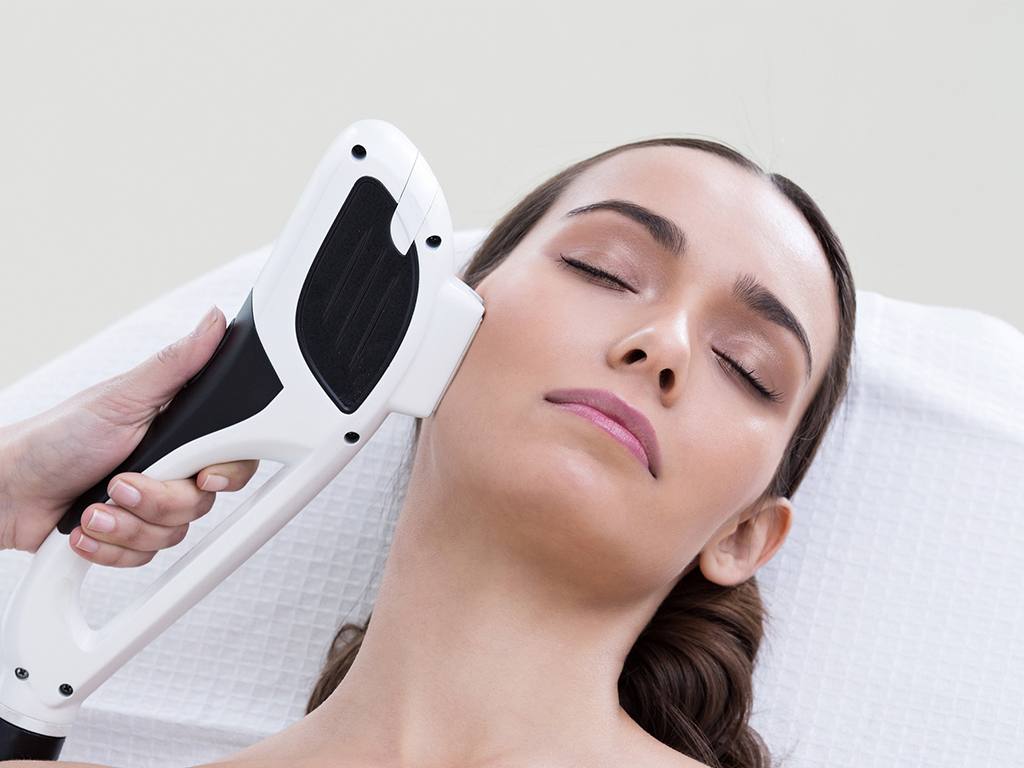Fractional Laser Skin Resurfacing: What it is and How it Works
Everyone desires to have smooth and flawless skin, but the truth is most of us could use some help to achieve that. Although having a skincare routine helps in skin maintenance, it doesn’t address concerns like age spots, acne scarring, fine lines, wrinkles, and sun damage. Fortunately, facial rejuvenation procedures like fractional laser skin resurfacing New York can improve your skin’s appearance or treat minor flaws.
What is fractional laser resurfacing?
Fractional laser resurfacing is a non-invasive treatment that uses laser energy to instigate new cell growth. However, unlike ablative or non-ablative laser techniques, the energy from a fractional laser device is divided into thousands of microscopic treatment zones. It targets a fraction of the skin at a time, ensuring maximum effectiveness and minimal damage to healthy tissue. Fractional laser treatment is an advancement that bridges the gap between ablative and non-ablative laser resurfacing techniques.
While ablative lasers remove the outermost layer of your skin (epidermis) and non-ablative lasers focus on the dermis, fractional laser treatment works at both the epidermal and dermal layers of the skin. The risk of side effects is also lower with fractional laser resurfacing, and the recovery time is shorter.
Skin concerns that can benefit from fractional laser treatment
Fractional laser treatment can minimize or eliminate the appearance of facial lines and wrinkles, sun damage, skin pigmentation, and surgical and acne scarring. Although providers advocate fractional laser treatment in treating disorders like melasma, the treatment can cause post-inflammatory pigmentation. Your provider can use fractional laser treatment to address skin concerns on any body part, but it benefits the neck, chest, and hands. The treatment can also help reduce the appearance of stretch marks. All skin types can benefit from the fractional laser treatment, but the technique may vary depending on a person’s age, sun exposure, and body location. The treatment may be offered alone or combined with surgery or other skin treatment.
How does fractional laser skin resurfacing work?
A basic understanding of the skin structure helps know how fractional laser treatment works. The skin has three layers – the epidermis, the outer dermis (mid-layer), and the subcutis (lower fat layer). The epidermis has melanocytes which are the pigment-producing cells responsible for skin coloring. The layer beneath the epidermis, the dermis, consists of collagen and elastin fibers that provide the skin with strength and elasticity.
As you advance in age, various changes occur in your skin’s structure. For example, the epidermis becomes thinner, making blemishes more visible. The collagen fibers in the dermis are gradually lost, contributing to the formation of sagging skin, fine lines, and wrinkles.
Fractional laser skin resurfacing treatment works by delivering a laser beam divided into thousands of tiny treatment columns to the epidermal and dermal skin layers. The laser energy penetrates deep into the dermis, causing collagen remodeling and new collagen formation. Microthermal treatment zones are thousands of tiny but deep columns of treatment. Using MTZs, fractional laser treatment treats intensively within the zone, leaving the surrounding healthy tissues intact. Because healthy tissues are not exposed to the laser, side effects are minimal, and recovery time is shorter.
Reserve a session with your specialist at Lumos Dermatology® for fractional laser treatment to achieve smooth, younger-looking skin.


